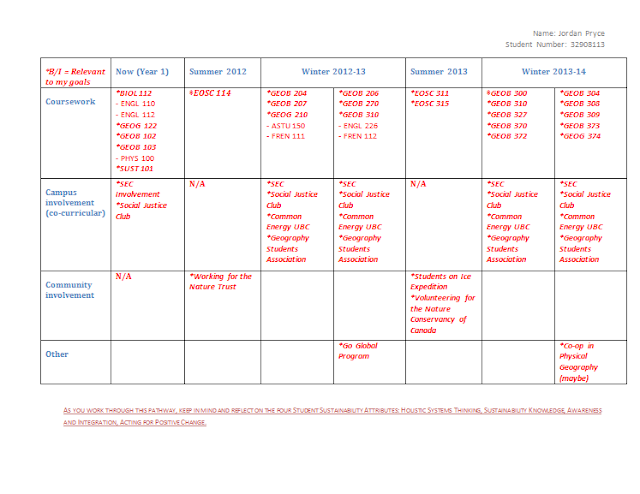“the condition that distinguishes animals, plants, and other organisms from inorganic or inanimate matter, characterized by continuous metabolic activity and the capacity for functions such as growth, development, reproduction, adaptation to the environment, and response to stimulation; (also) the activities and phenomena by which this is manifested.”
Deer under the trampoline, Ponderosa Pines oozing clear sap, white-caps on the lake, ospreys flying above seeking out prey in the reeds and grasses below, the blue sky, the clouds drifting overhead, the sun peering over the Eastern mountain tops, shadows clinging to the crags of rock, the city in the distant valley to the north. These are things that describe what you can see from my house. To me this picture is alive and overall, life is inspiring. When I look at nature, I see everything that contributes to its beauty, the rocks, streams, plants, animals, weather, everything. Components such as water, light, rocks and soil are abiotic factors but they play an important role to the lives of those who are living such as the surrounding plants and animals. Lichens need rocks as a foundation and begin to break it down to eventually form soil. Once soil is formed, seeds can be dispersed and over time, can grow into seedlings then fully-grown plants. As this occurs, more and more organism move into the area, relying on the resources previously established there. The point I’m trying to make is that “living” organisms are interdependent. On a holistic level, all components of life are directly dependent on abiotic factors such as sun, rain or soil. Ultimately, the definition above restricts life to certain components I listed: the deer, trees, ospreys, reeds, grasses et cetera. Despite the important role water, light and soil plays in the lives of these organisms, they are not defined as living but can be characterized as living in the sense that they make such a large contribution to the existence of life itself. These abiotic factors are in principle, ingredients for life.



.png)
.png)




.png)
.png)
.png)
.png)
.png)